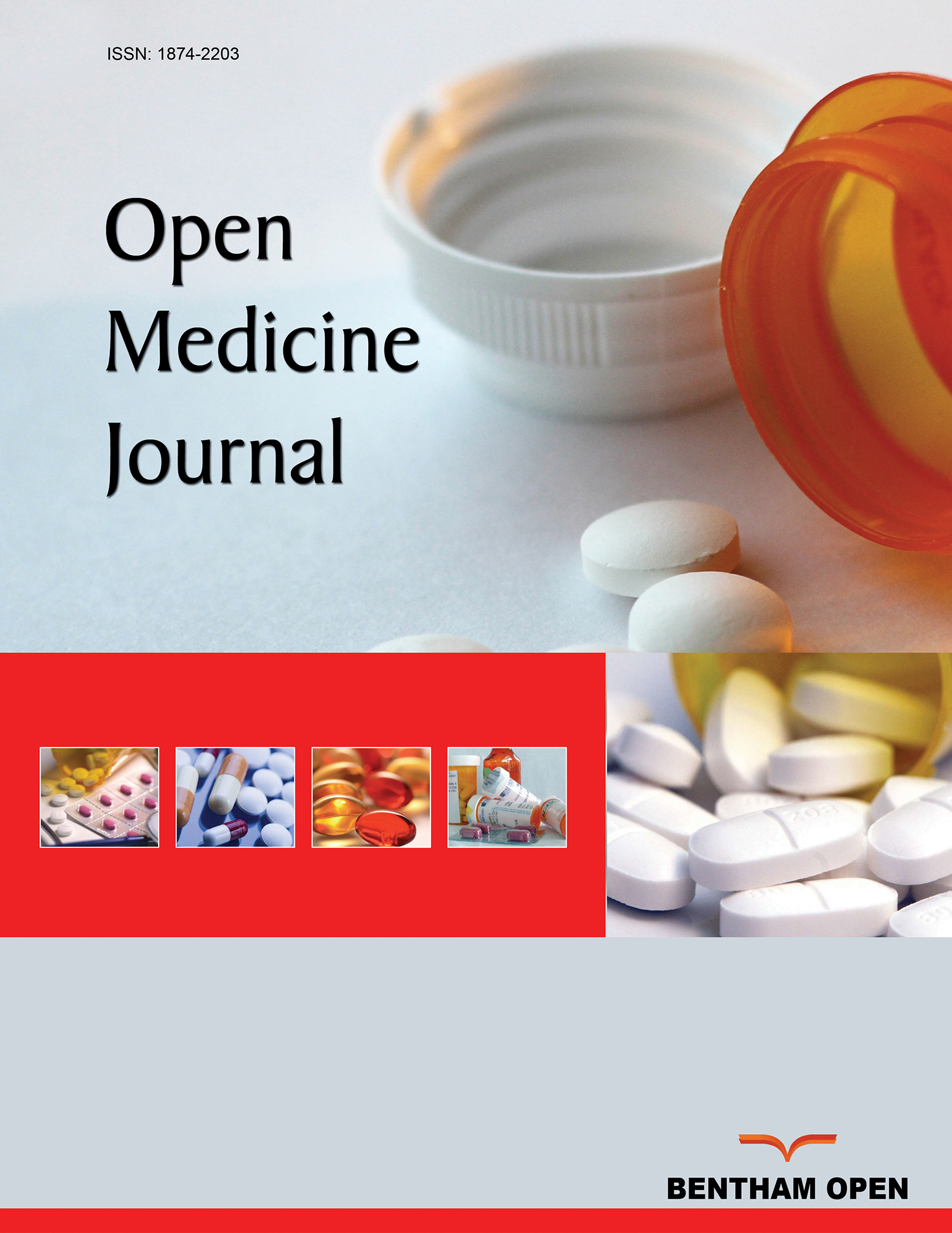All published articles of this journal are available on ScienceDirect.
“Apps, Phones and Tabs” the Role of Technology in Bedside Teaching
Abstract
Bedside teaching is a mainstay of medical education. The development of clinical and practical skills, the use of patient centered care and the team approach cannot be underestimated, although bedside teaching has seen a decline over the recent period. This is possibly due to a combination of patient embarrassment, the pressure placed on doctors to maximize patient treatment time and shorten their stay in hospital, and the recognized effect on training by the European Working Time Directive.
Technology has strongly influenced the development of medicine over the ages, and since the introduction of mobile technology, it has advanced dramatically over the last two decades. The ease of access to a worldwide source of medical opinion has meant that education for both doctors and patients can be hand held and ever present, including at the bedside, with smartphones and tablet computers now an integral part of modern day life.
This review will focus on the potential role and ability of the app to modernise a traditional teaching method, both for the junior doctor and medical student and for the impact on patient education.


